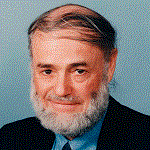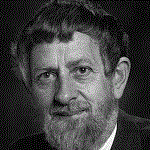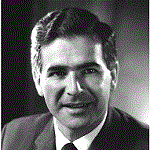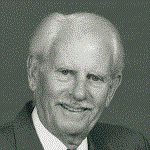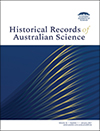
Historical Records of Australian Science
Volume 35 Number 1 2024
HR24002 Full Text | HR24002PDF (561 KB) Open Access Article
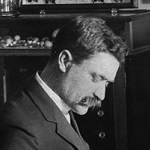
Insects are a major component of Australia’s biodiversity. The early discovery and description of this fauna was largely contributed by talented entomologists. From the late 1880s, Broken Hill pharmacist Oswald Bertram Lower revealed the extraordinary moth fauna of the mallee and arid zone especially. A summary and context for his pioneering work is now available here. The ecological restoration of these habitats will increasingly draw on Lower’s historical collection and insights.
HR22015 Abstract | HR22015 Full Text | HR22015PDF (2.9 MB) | HR22015Supplementary Material (845 KB) Open Access Article
Professor William (Bill) Budd, the first glaciology program leader of the Australian Antarctic Division, was a founding figure in Australian glaciological research. Bill worked on an enormous range of glaciological and climate problems. He developed numerical models to simulate the interactive response of Antarctica to global warming and the waxing and waning of ice ages. He introduced many new studies and technologies and much of what he initiated more than fifty years ago remains core to the present Australian Antarctic program. Photograph credit: Australian Academy of Science.
HR23019 Abstract | HR23019 Full Text | HR23019PDF (2.9 MB) | HR23019Supplementary Material (1 MB) Open Access Article
Ian McDougall was an internationally renowned Earth scientist who spent most of his academic career at the Australian National University. This memoir outlines his research achievements in the fields of K-Ar and 40Ar/39Ar geochronology, from his pioneering work on young volcanics that supported the emerging theory of plate tectonics, to the establishment of a comprehensive geochronological framework for hominin evolution in eastern Africa. Photograph by Warren Hudson, ANU Photographic Services.
HR23016 Abstract | HR23016 Full Text | HR23016PDF (3.4 MB) Open Access Article
Ray Martin (1926–2020) was an accomplished academic and leader whose remarkable contributions and discoveries earned him numerous awards and accolades. One of natures gentlemen, he found joy in sports, the arts, and creative pursuits. With a passion for science, he navigated an adventurous career path from academia to industry, management and leadership, including advising the Australian Federal Government, all while forming deep friendships and leaving a lasting legacy as an outstanding teacher and mentor—a quiet achiever.
HR23021 Abstract | HR23021 Full Text | HR23021PDF (3.1 MB) | HR23021Supplementary Material (408 KB) Open Access Article
Metallurgist Rupert Horace Myers (1921–2019) was awarded Australia’s first ‘science’ PhD degree in 1948. After working at the Atomic Energy Research Establishment at Harwell in the United Kingdom, he made his career at the University of New South Wales, where he was vice-chancellor from 1969 to 1981. Knighted in 1981, he was a model of scientific and academic leadership in Australia. Photograph provided by the Australian Academy of Science (photographer unknown).
HR23023 Abstract | HR23023 Full Text | HR23023PDF (1 MB) | HR23023Supplementary Material (213 KB) Open Access Article



